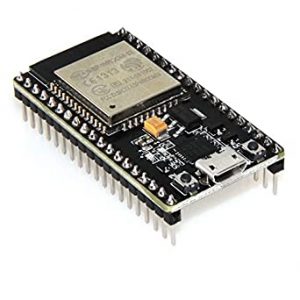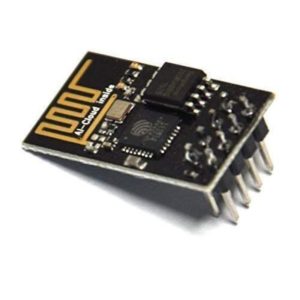Description
Project: Water Level Monitor
This project will demonstrate how to build a water level monitor using an Arduino Nano, a Solu SL067 water level sensor, and an LED indicator. There are many possible uses for this simple system, examples include monitoring a sump pit (to control pump activation), rainfall detection, leakage detection, or monitoring plant water levels. I built this specifically to monitor the water level of my Christmas tree.
Credit:
I initially found a similar project here.
I have significantly modified the code from the link above to use one LED with blink codes rather than the three LEDs that were used in the original development. I’ve also cleaned up the calibration instructions to hopefully make this completely understandable for a layman. You can simply assemble the circuit, upload my sketch to your Arduino, and follow the calibration requirements to have a functional and reliable water level monitor. Minimal programming knowledge is needed to modify my sketch to suit your needs.
**NOTE – I have only been using this for a few days, and do not know how well the sensor will hold up. There is potential for corrosion, and it’s possible that a piece of debris (wet pine needle) could short two traces and give a false reading. I strongly recommend that you visually confirm your water level until you are confident that the sensor will continue to work as desired. I will continue to verify sensor operation every few days, but this helps to avoid the necessity to move gifts and tree skirt every day to check the water level.
About the sensor:
Sensor used for my development.
The sensor works by using a series of five exposed traces which are connected to system ground. Interlaced between every two ground trace is a sense trace, five ground traces and five sense traces in total. The sense traces are connected to a 1 Mega ohm pull-up resistor. The sense traces are pulled high until a drop or plane of water shorts the sense trace to ground. This sensor will theoretically output an analog signal between 0-1024, but with the length of traces on this PCB I found a usable range between 480 and ~710. The sensor is not designed to be fully submersed, be mindful to install it so that only the exposed traces on the PCB will be exposed to contact with water. Output voltage of the sensor is 0 – 4.2 V, so this could be used as a digital input if only low/high indication is required.
The analog output values correspond to the following distance from bottom of the sensor (approximate):
480 = 0 mm
530 = 5 mm
615 = 10 mm
660 = 15 mm
680 = 20 mm
690 = 25 mm
700 = 30 mm
705 = 35 mm
710 = 40 mm






Reviews
There are no reviews yet.